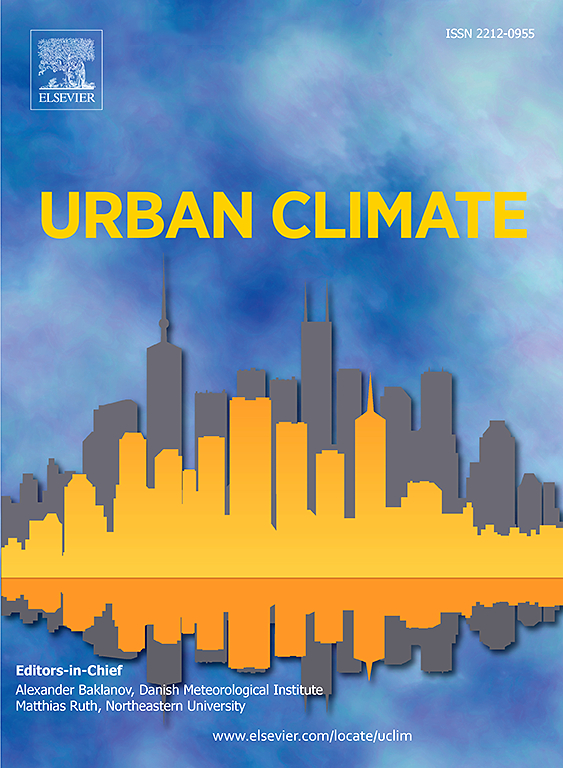Co-benefits of carbon and pollutant emission reduction in urban transport: Sustainable pathways and economic efficiency
IF 6
2区 工程技术
Q1 ENVIRONMENTAL SCIENCES
引用次数: 0
Abstract
The growing demand for urban passenger transportation, driven by economic growth and urbanization, has led to substantial emissions of CO2 and other pollutants. Although significant attention has been given to CO2 reduction, the simultaneous emission of pollutants from similar sources and the benefits of their reduction emissions strategies, both in terms of emissions and economic outcomes, remain underexplored. To address the above concerns, this study has developed an urban passenger transportation emissions system dynamics (UPTE-SD) model, to analyze the economic benefits, emission trends, and synergistic effects of CO2 and pollutant reduction under different scenarios. The results show that: (1) Economic Benefits: CO₂ reduction is the primary driver of economic benefits. Among single scenarios, the Transportation structure optimization policy (TSO) scenario performs best, yielding total economic benefits of 9.11 billion RMB. In combined scenarios, the TSO + technological progress policy (TP), promotion of new energy vehicle policy (PNEV) + TSO + TP, and PNEV + TSO + road green space priority development policy (RPD) + TP (composite scenario) exhibit the highest economic benefits, reaching 13.62 billion RMB, 17.04 billion RMB, and 18.44 billion RMB, respectively; (2) CO₂ and Pollutant Reduction: For CO₂ reduction, TSO is most effective in single scenarios (23.89 %), followed by TSO + TP (36.33 %), PNEV+TSO + TP (41.56 %), and PNEV+TSO + RPD + TP (44.45 %) in combined scenarios. For pollutant reduction, PNEV performs best in single scenarios (29.67 %), followed by PNEV+TSO (38.49 %), PNEV+TSO + RPD (46.38 %), and PNEV+TSO + RPD + TP (49.29 %) in combined scenarios; (3) Synergistic Emission Reduction: In terms of synergistic emission reduction, the best-performing scenarios are RPD in single scenarios, RPD + TP, PNEV+TSO + TP, and PNEV+TSO + RPD + TP in combined scenarios among the recent years. The corresponding synergistic reduction coefficients are as follows: RPD (1.05), RPD + TP (0.99), PNEV+TSO + TP (0.97), and PNEV+TSO + RPD + TP (1.13).
求助全文
约1分钟内获得全文
求助全文
来源期刊

Urban Climate
Social Sciences-Urban Studies
CiteScore
9.70
自引率
9.40%
发文量
286
期刊介绍:
Urban Climate serves the scientific and decision making communities with the publication of research on theory, science and applications relevant to understanding urban climatic conditions and change in relation to their geography and to demographic, socioeconomic, institutional, technological and environmental dynamics and global change. Targeted towards both disciplinary and interdisciplinary audiences, this journal publishes original research papers, comprehensive review articles, book reviews, and short communications on topics including, but not limited to, the following:
Urban meteorology and climate[...]
Urban environmental pollution[...]
Adaptation to global change[...]
Urban economic and social issues[...]
Research Approaches[...]
 求助内容:
求助内容: 应助结果提醒方式:
应助结果提醒方式:


